This Is the Ideal Humidity Level Your Home Should Be in Winter — To Help Avoid Damp and Moisture
Keep condensation and mold at bay with these smart and easy expert tips


Faiza Saqib
As temperatures begin to plummet and the frost begins to set in, it's important to take note of the changes that occur within your home. Your home's humidity level can impact the air quality around you and within your home. Which in turn can have a negative impact on the overall health of your space.
Oftentimes, the temperature of your space and humidity can lead to moisture, dampness, and condensation. So, If you're looking to dehumidify a room, that's where your handy dehumidifier comes in. It can essentially help you monitor and remove excess moisture in your home. And as we find ourselves cozying up indoors more and more — finding the most ideal humidity range for your home is a must.
So, what humidity level should your house be in winter, and how can you find the best level for your space? Here, HVAC experts speak on what range you should keep your space at and the guidance of benefits that come with a dehumidifier. Here's what they had to say about it.
What humidity level should my house be in winter?
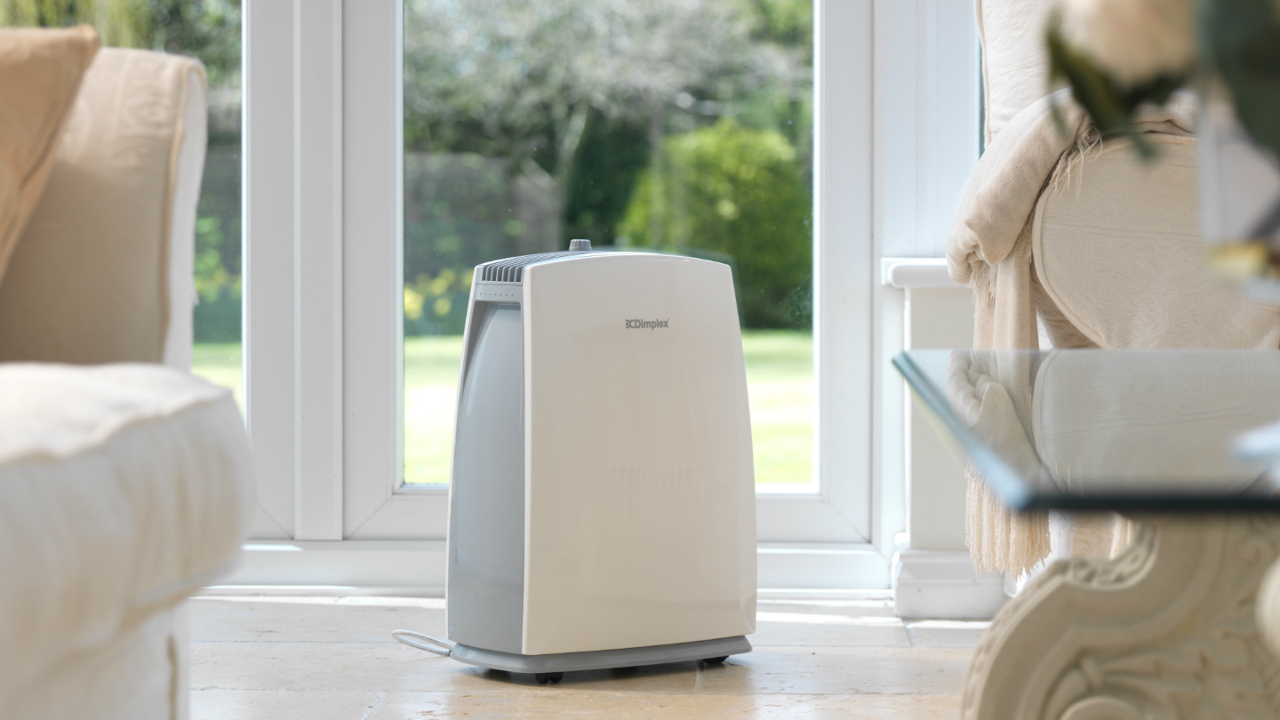
There are many dehumidifier benefits and one of them being that it can bring your home to a humidity level that is ideal for you and your space. So, what is the recommended humidity level?
As a guideline, HVAC expert Brad Roberson and the president at Aire Serv, a Neighborly company, recommend keeping indoor humidity levels between 30-50% for optimal comfort. "High humidity can lead to mold and mildew concerns, particularly in areas with poor ventilation or excess moisture," he notes. "Maintaining humidity levels between the recommended range is generally better for indoor air quality, ensuring a healthier and more comfortable environment throughout the winter."
Josh Mitchell, HVAC technician and owner of AirConditonerLab.com agrees: "This range is a comfort sweet spot—it keeps the air from becoming too dry, which can cause irritation and respiratory issues, and prevents excess moisture that could lead to mold or structural damage," he adds. "Remember, the right humidity level can enhance thermal comfort, protect your home's structural integrity, and promote a healthy living environment."
The good news is that the cost to run a dehumidifier doesn't have to be insanely high, either, as long as you choose a modern, energy-efficient appliance.
How do you tell if humidity is too low in winter?
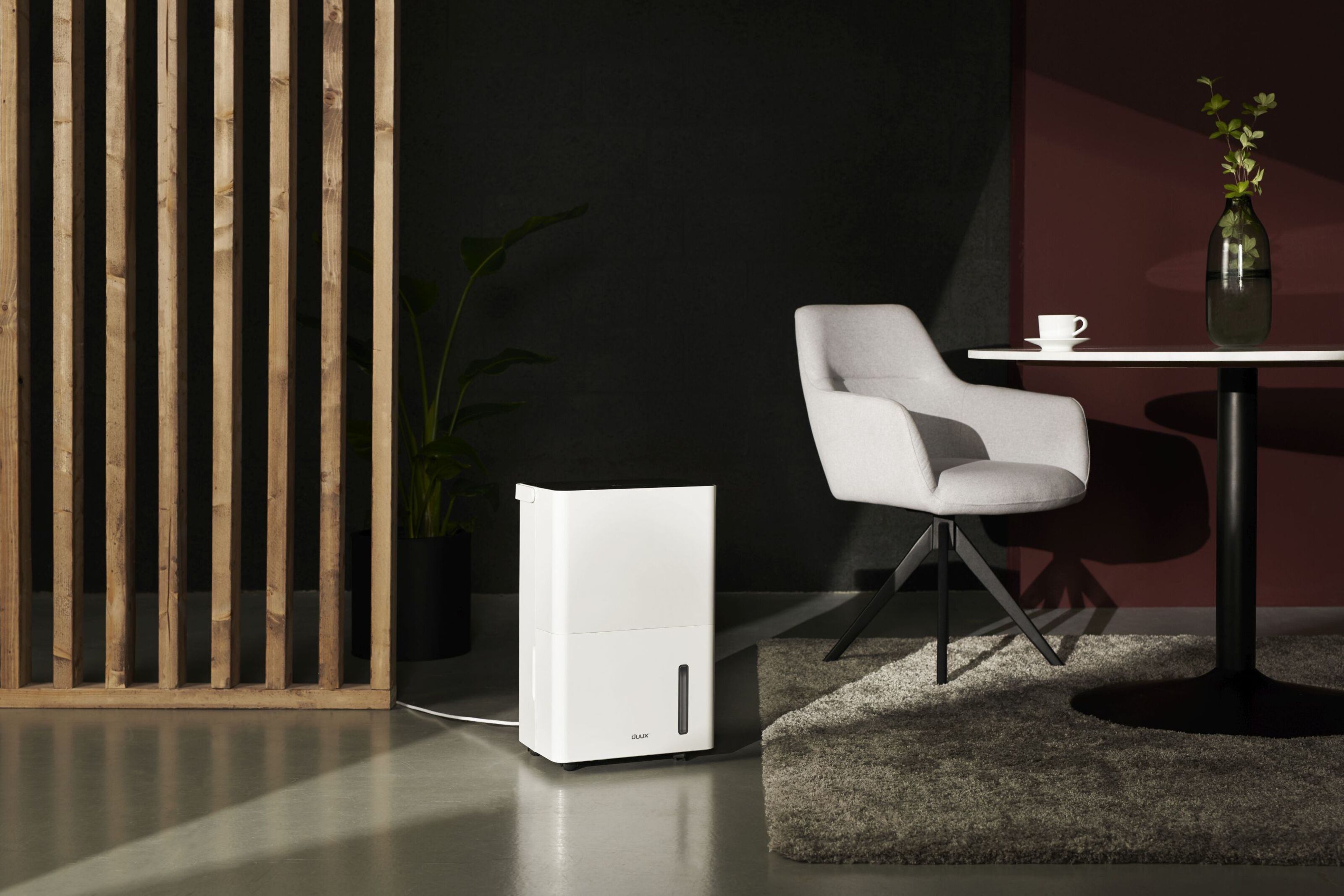
Humidifiers, dehumidifiers, and humidity sensors — like these Antonki 2 Pack Room Thermometer ones from Amazon — will allow you to see a percentage reading of the moisture levels in your space. If you don't have a way to digitally monitor the humidity inside your home, you might be able to tell through other means.
"If your home’s humidity is too low, you might notice static shocks, dry and
itchy skin, or irritated sinuses," explains Josh "Wooden furniture may crack, and you may experience an overall sense of dryness." Conversely, if humidity levels are too high, Josh says condensation on windows, a musty smell, or a lingering dampness are telltale signs. So, if you're wondering why your house smells musty, humidity levels play a big part in it
"These signs are cues for homeowners to adjust their indoor humidity levels to maintain a balanced and comfortable environment throughout the winter season," adds Brad. "Low humidity levels can also cause sinus and nasal cavities to become dry and irritated. Proper humidity levels help to reduce inflammation and symptoms related to allergies, asthma, and hay fever as well." You may also want to enhance your home air care by investing in one of the best air purifiers.
How do I control humidity levels in my house in the winter?
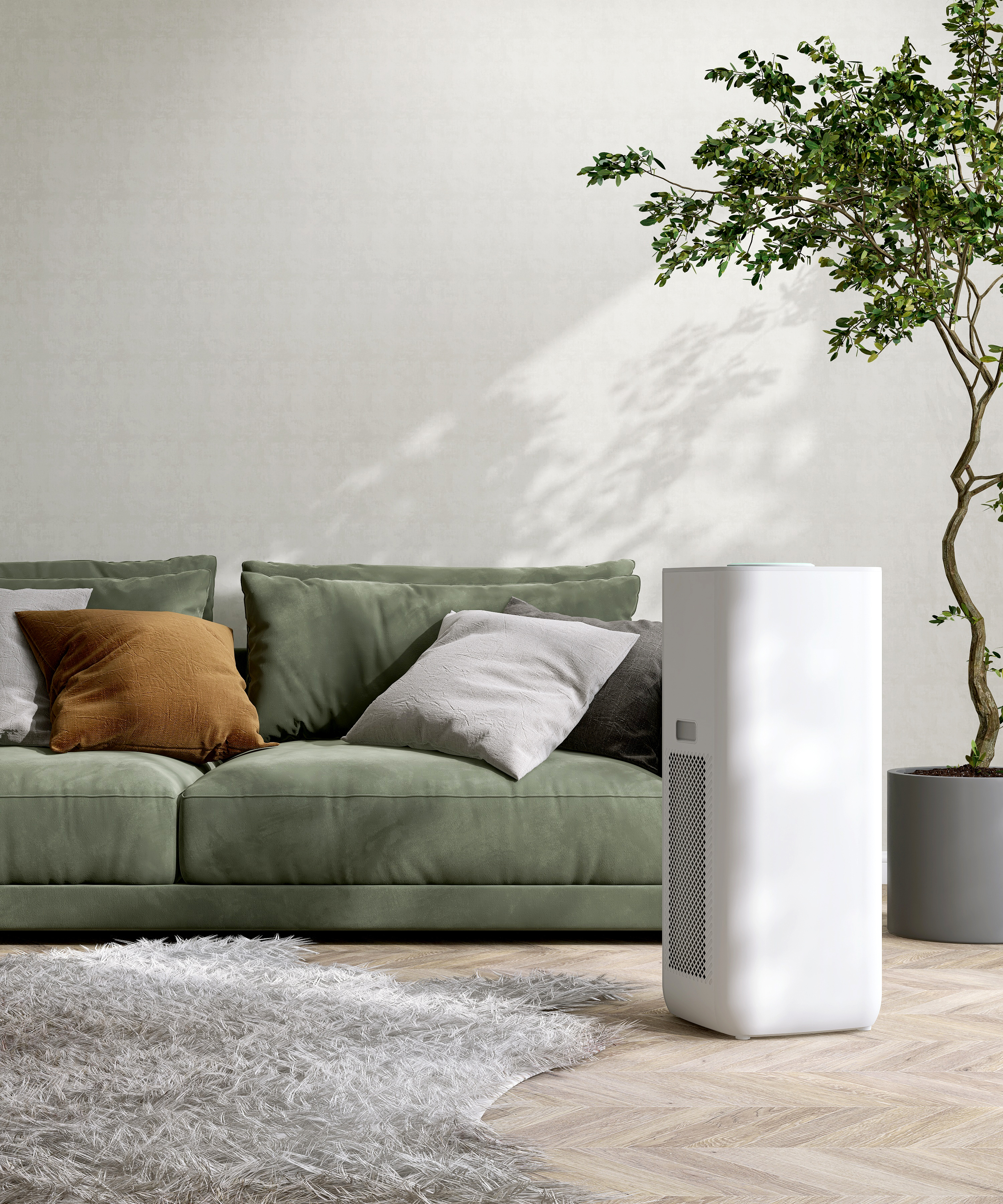
Once you've established whether your humidity levels are too high or too low, you'll want to look at ways to fix it. The best way to do this is with a humidifier or dehumidifier, but there are some natural methods, too.
"To address high humidity levels during winter, homeowners can employ various strategies such as using dehumidifiers, ensuring proper ventilation in the house, using exhaust fans in kitchens and bathrooms, and fixing any leaks or sources of excess moisture," says Brad. "Conversely, if humidity levels are too low in the house, using a humidifier can be beneficial. Additionally, practices like installing a whole-house humidifier on the HVAC system and avoiding over-drying clothes inside can help with humidity and create a more comfortable environment in the home during the drier winter months."
To tackle high humidity, Josh suggests starting with a good-quality dehumidifier. "You should also ensure your home is well-ventilated, particularly in areas like the kitchen and bathrooms where moisture accumulates," he says. "Your HVAC system should be properly sized, too — oversized units can lead to short cycling, which doesn't allow for adequate dehumidification." We recommend this Midea 4,500 Sq. Ft. Energy Star Certified Dehumidifier from Amazon, priced at just $199.99.
When selecting a humidifier or dehumidifier, Josh also has some advice on how to choose the right one. "Consider the size of your space to ensure
adequate coverage," he says. "For instance, if you're looking to add moisture to a
single small room, such as a bedroom or home office, a tabletop humidifier,
which typically covers anywhere from 300 to 500 square feet, would be
sufficient." We also like this Alrocket Small Dehumidifiers from Walmart, which also has a color light feature.
For a more natural method, he suggests leaving a pot of water on your wood stove or radiator to add moisture to the air. "Indoor plants can also be natural humidifiers or dehumidifiers, and leaving the bathroom door open after showering can help spread moisture to other areas of the house," Josh adds. You could also opt for a DampRid Moisture Absorber from Target.
Is 60% humidity too high for winter?
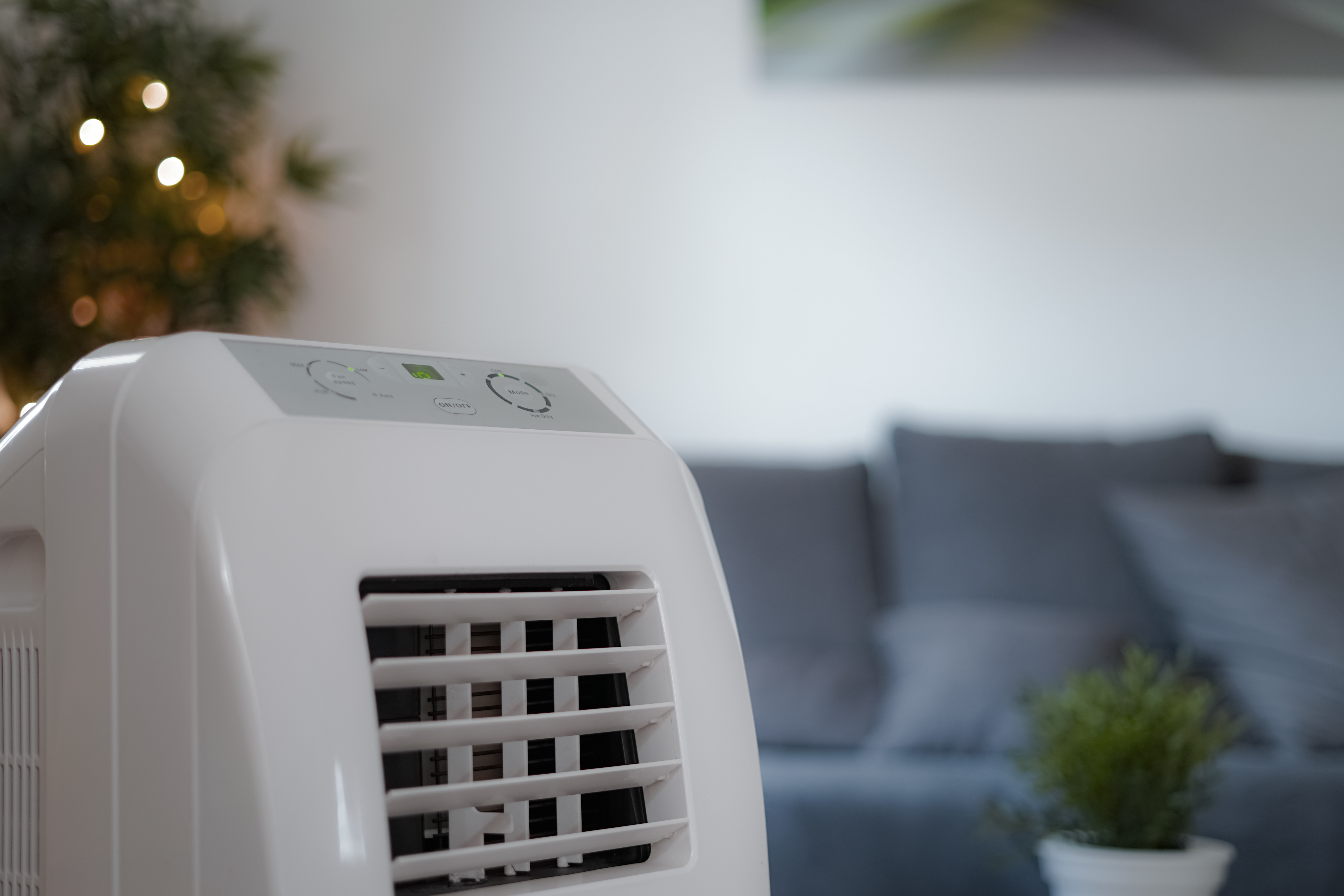
If you do have a way of digitally monitoring the humidity in your home, you might have noticed it creep up lately. Don't become complacent, though. Experts warn that a figure around the 60% mark will certainly be too high.
"A 60% humidity level is excessive for winter conditions," says Josh. "High
indoor humidity can contribute to condensation and mold growth, both of
which can damage your home and negatively impact your health." If you want to stop condensation on your windows, a lower humidity percentage is a must.
FAQs
What should the humidity of a home be during winter?
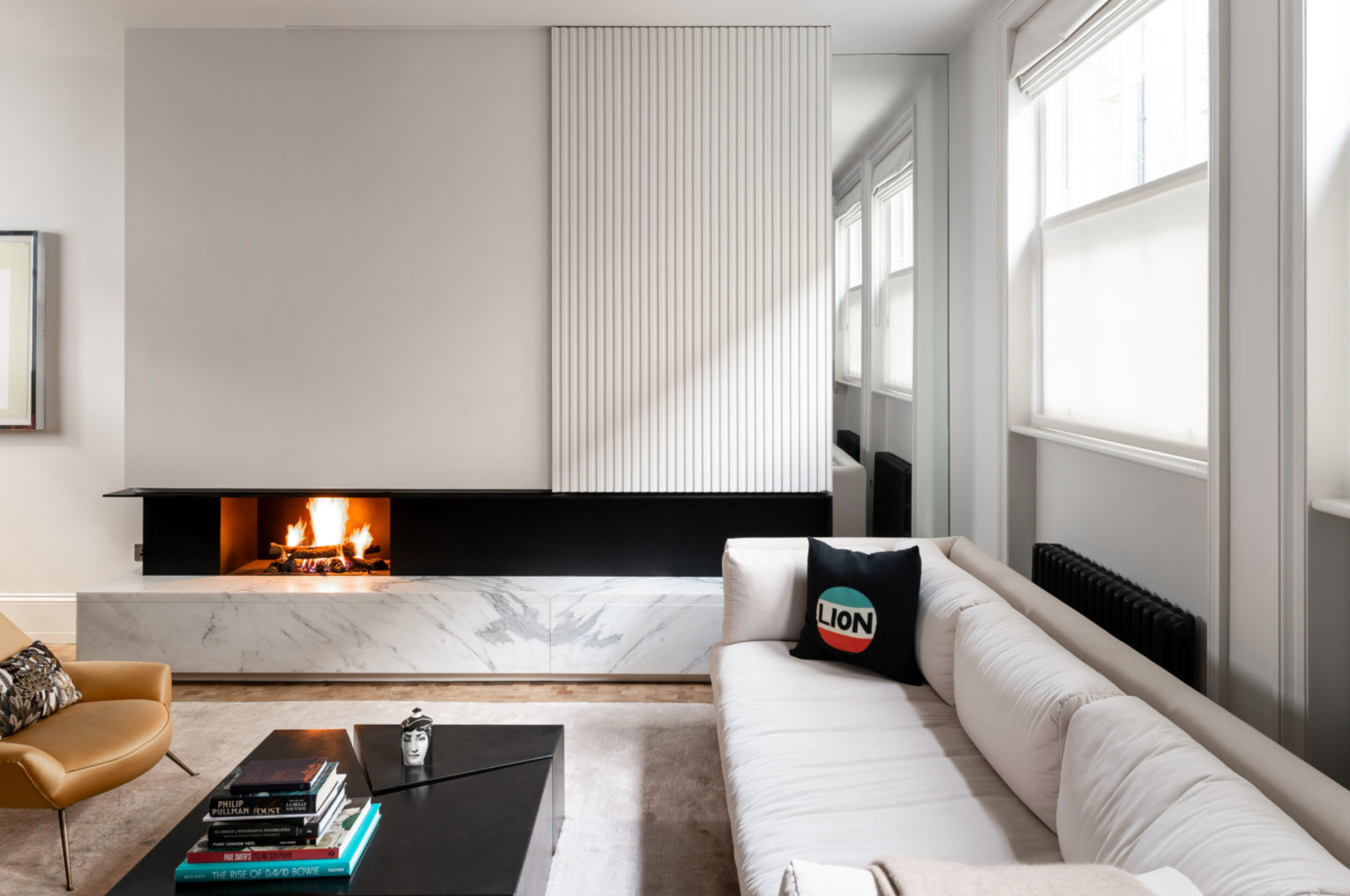
Contrary to opinion, colder air outdoors actually has a lower humidity, making winter air drier. The same can't be said within our homes, however. For most people, high humidity levels will be an issue this time of year. This is because the lower the temperature is outside, the more excess moisture there is likely to be indoors.
As a guideline, Brad recommends keeping indoor humidity levels between 30-50% for optimal comfort. 'High humidity can lead to mold and mildew concerns, particularly in areas with poor ventilation or excess moisture,' he notes. 'Maintaining humidity levels between the recommended range is generally better for indoor air quality, ensuring a healthier and more comfortable environment throughout the winter.'
Josh agrees. 'This range is a comfort sweet spot—it keeps the air from becoming too dry, which can cause irritation and respiratory issues, and prevents excess moisture that could lead to mold or structural damage,' he adds. 'Remember, the right humidity level can enhance thermal comfort, protect your home's structural integrity, and promote a healthy living environment.'
The good news is that the cost to run a dehumidifier doesn't have to be insanely high, either, as long as you choose a modern, energy-efficient appliance. Follow these tips to achieve the perfect humidity in your home for ultimate comfort and an optimum environment. Your home and health will certainly thank you for it.
A Selection For Your Home

Price: $55.83
Highly effective and easy to use, this condensation technology is said to work its magic quietly. It is capable of removing up to 27oz of moisture in a home.
Be The First To Know
The Livingetc newsletters are your inside source for what’s shaping interiors now - and what’s next. Discover trend forecasts, smart style ideas, and curated shopping inspiration that brings design to life. Subscribe today and stay ahead of the curve.

Lilith Hudson is a freelance writer and regular contributor to Livingetc. She holds an MA in Magazine Journalism from City, University of London, and has written for various titles including Homes & Gardens, House Beautiful, Advnture, the Saturday Times Magazine, Evening Standard, DJ Mag, Metro, and The Simple Things Magazine.
Prior to going freelance, Lilith was the News and Trends Editor at Livingetc. It was a role that helped her develop a keen eye for spotting all the latest micro-trends, interior hacks, and viral decor must-haves you need in your home. With a constant ear to the ground on the design scene, she's ahead of the curve when it comes to the latest color that's sweeping interiors or the hot new style to decorate our homes.
- Faiza SaqibRenovation Editor
-
 Why Decorating With Mustard Yellow Helps Fill Your Interiors With a Sense of "Confident Calm"
Why Decorating With Mustard Yellow Helps Fill Your Interiors With a Sense of "Confident Calm"There is so much more to decorating with this turmeric-tinted sauce-wiggled-on-a-hotdog not-quite-yellow shade than meets the eye
By Amy Moorea Wong Published
-
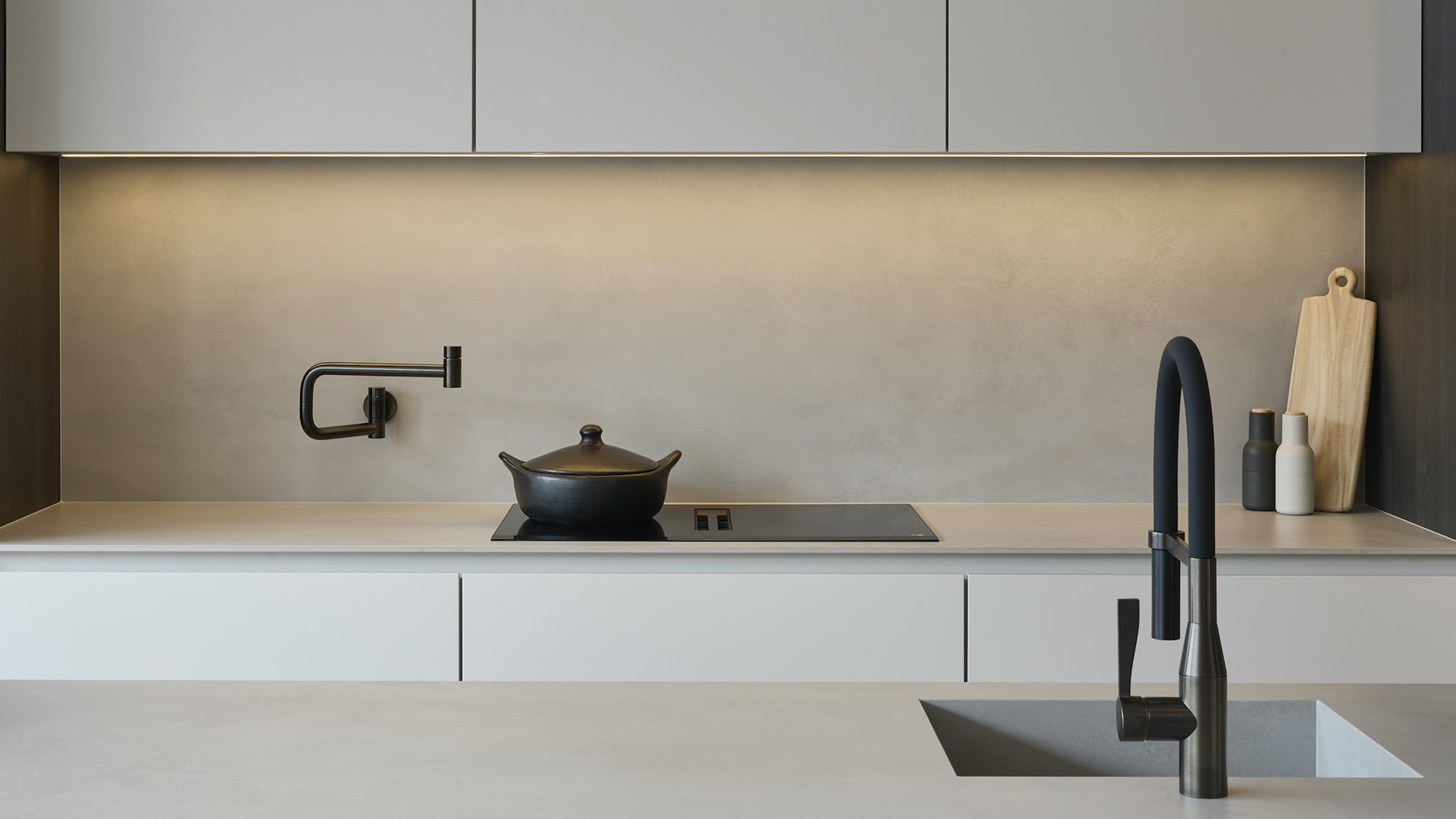 The 10 Different Types of Kitchen Taps — And the Pros and Cons of Each One to Know Before You Pick
The 10 Different Types of Kitchen Taps — And the Pros and Cons of Each One to Know Before You PickFrom sleek pull-outs to vintage bridge taps, explore 10 kitchen tap styles that mix function, flair, and a splash of cool
By Linda Clayton Published
-
 The 10 Different Types of Kitchen Taps — And the Pros and Cons of Each One to Know Before You Pick
The 10 Different Types of Kitchen Taps — And the Pros and Cons of Each One to Know Before You PickFrom sleek pull-outs to vintage bridge taps, explore 10 kitchen tap styles that mix function, flair, and a splash of cool
By Linda Clayton Published
-
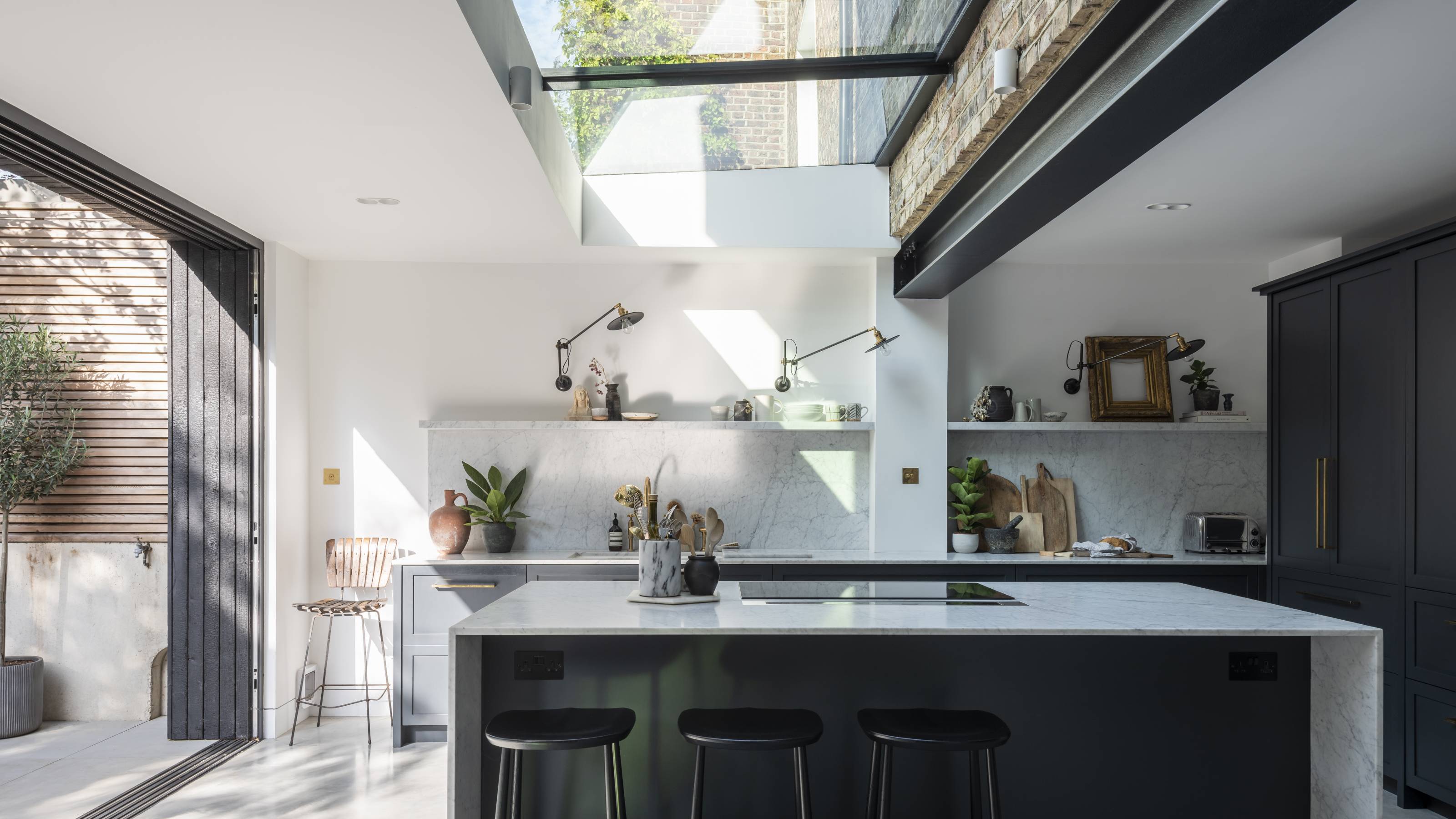 How Much Does an Extension Cost in 2025? Renovation and Design Experts Break Down Your Budget
How Much Does an Extension Cost in 2025? Renovation and Design Experts Break Down Your BudgetExplore how much different types of extensions cost in 2025 to budget for your project accurately
By Amy Reeves Published
-
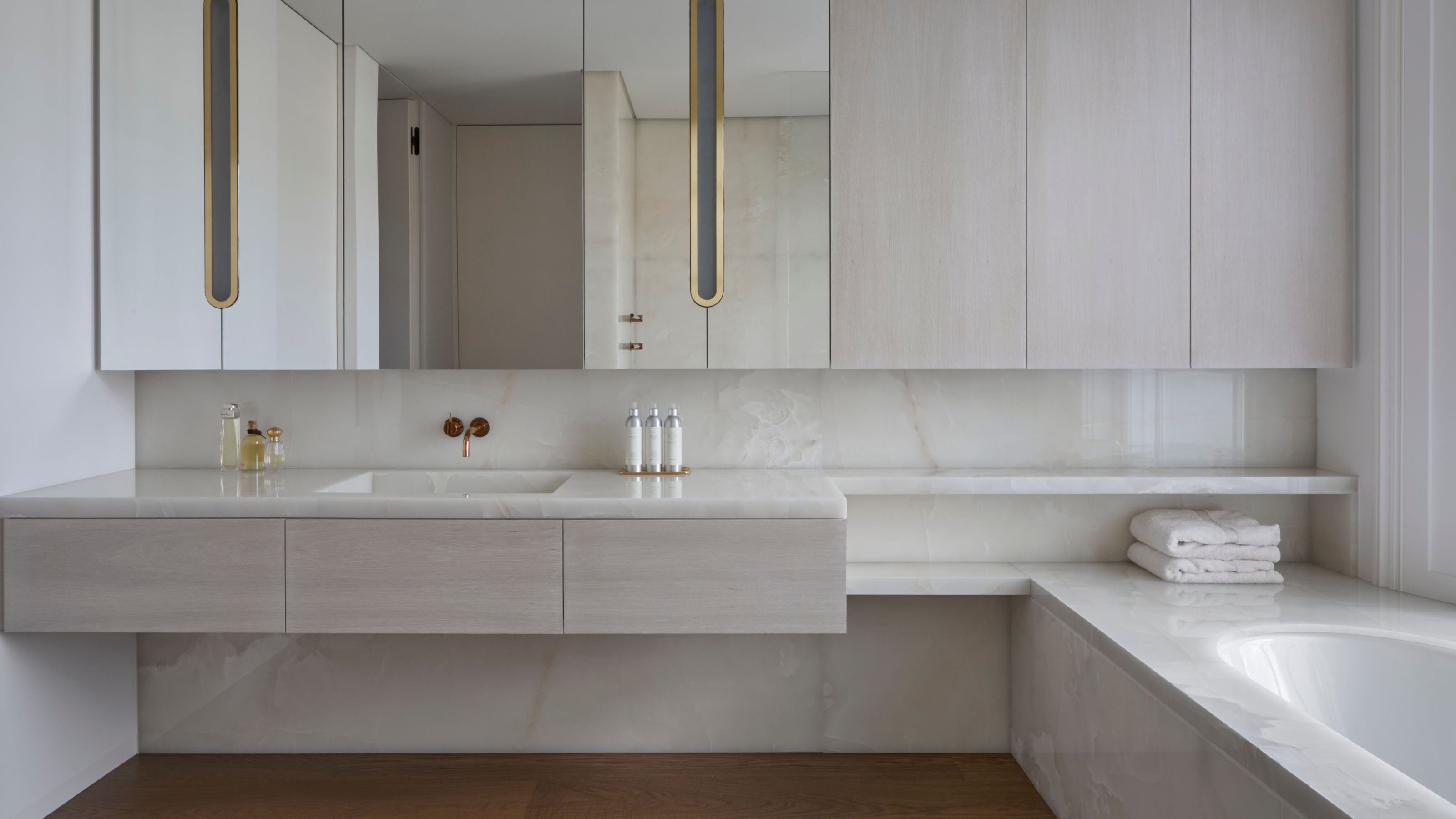 9 Bathroom Storage Mistakes You're Probably Making That Make Using This Space Much Harder — And What to Do Instead
9 Bathroom Storage Mistakes You're Probably Making That Make Using This Space Much Harder — And What to Do InsteadDiscover which mistakes are to blame for your overcrowded and cluttered bathroom
By Seraphina Kyprios Published
-
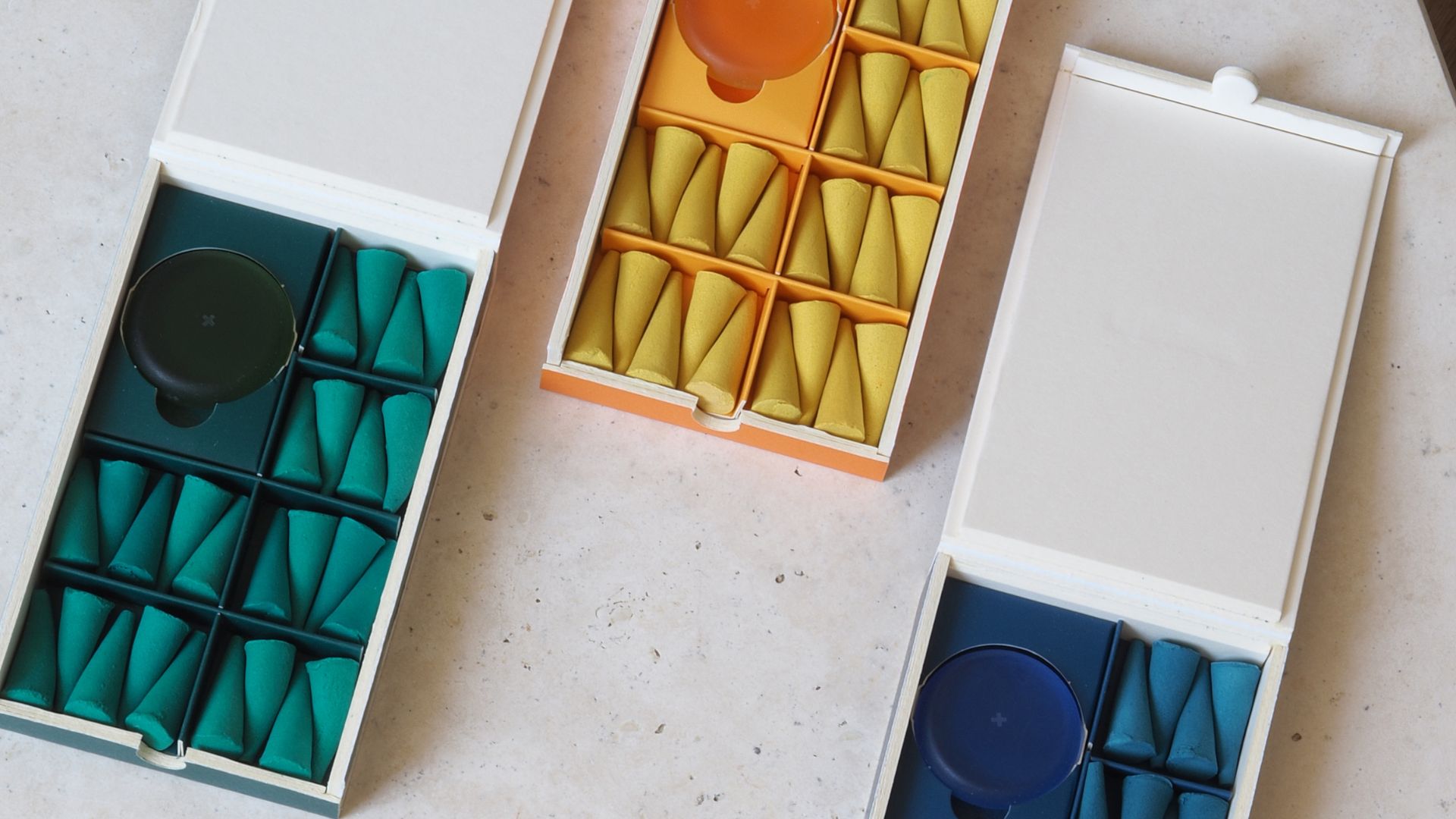 These 'Scenting Droplets' Might Be the Coolest (and Most Stylish) Way to Make Your Home Smell Amazing
These 'Scenting Droplets' Might Be the Coolest (and Most Stylish) Way to Make Your Home Smell AmazingIf you're looking to switch out your incense sticks for something more fun, then you should know about Ripple+'s incense droplets. Let me introduce you.
By Amiya Baratan Published
-
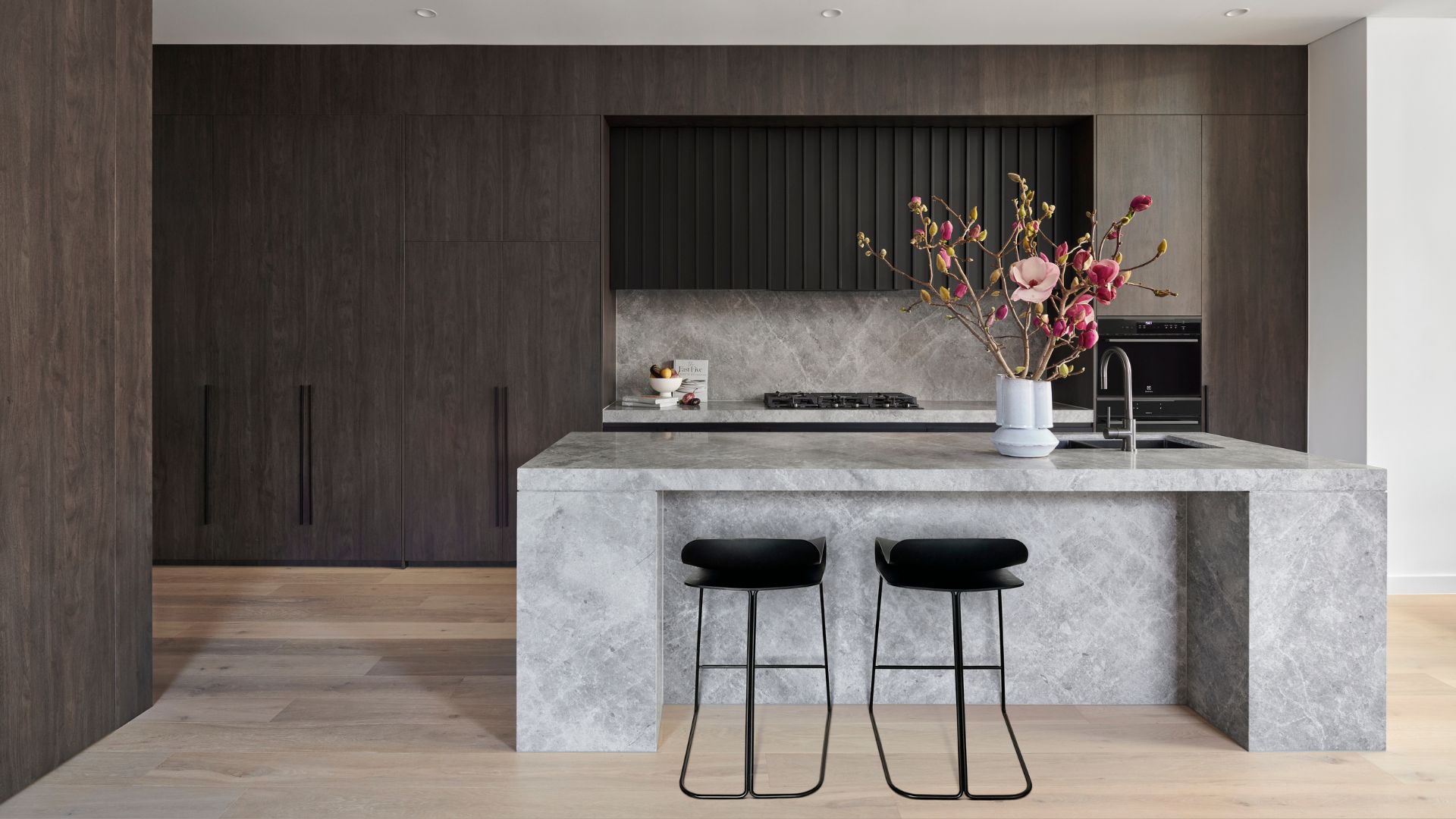 The Japanese Principle of Iki (粋) Is All About 'Refined Elegance' — Here's How to Embrace It in Your Home
The Japanese Principle of Iki (粋) Is All About 'Refined Elegance' — Here's How to Embrace It in Your HomeIf your interior vibe is all about refined elegance and opulent minimalism, you need to know about the Japanese principle of 'Iki'. Here's how to bring it home.
By Amiya Baratan Published
-
 What Can I Choose Instead of Brass Taps? 4 Finishes That Are Emerging in 2025's Kitchens and Bathrooms
What Can I Choose Instead of Brass Taps? 4 Finishes That Are Emerging in 2025's Kitchens and BathroomsIf you want to try something a little different for your kitchen or bathroom finishes, these are the trending styles in taps beyond classic brass
By Seraphina Kyprios Published
-
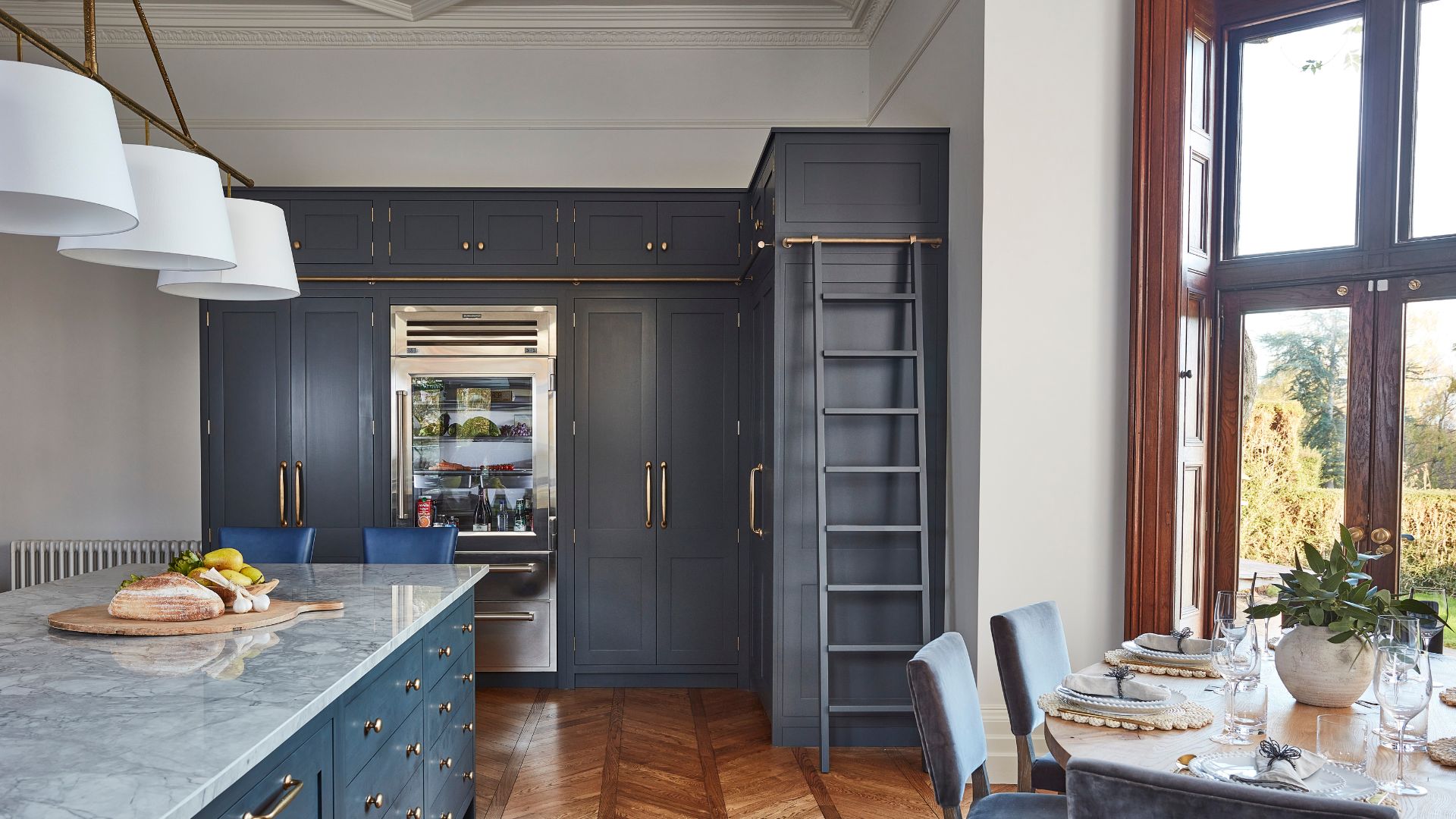 Kris Jenner’s 'All-Green' Glass Fridge Is My Organization Inspo of the Week — Here Are 5 Smart Storage Takeaways I'll Be Adopting
Kris Jenner’s 'All-Green' Glass Fridge Is My Organization Inspo of the Week — Here Are 5 Smart Storage Takeaways I'll Be AdoptingIf you're looking for fridgescaping inspiration, you might not think to look to Kris. But her all-green fridge says otherwise. Here are five tips we've learnt.
By Amiya Baratan Published
-
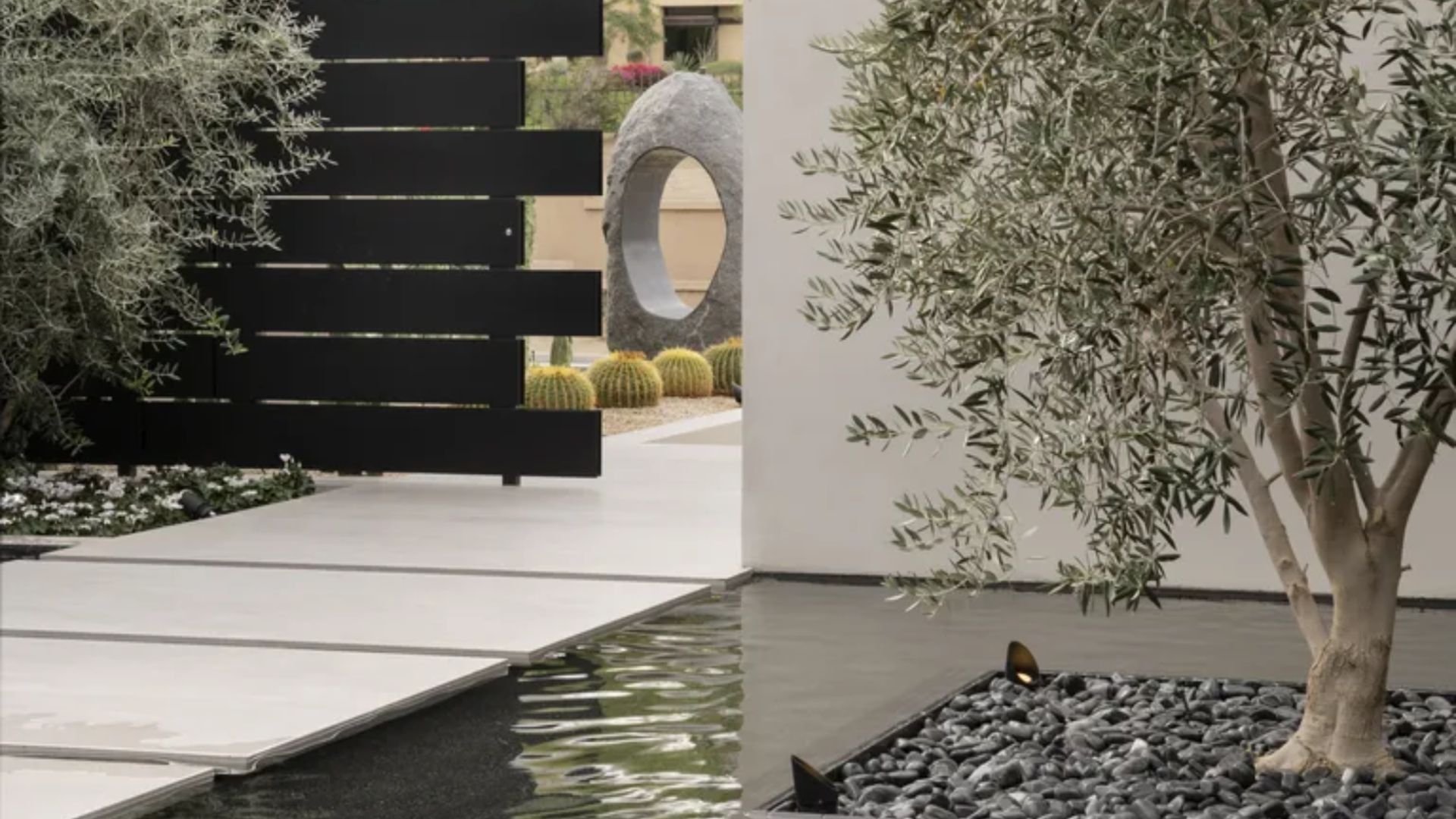 8 Tranquil Water Garden Ideas That Look Beautiful and Train Your Ear Away From Noisy Outdoor Distractions
8 Tranquil Water Garden Ideas That Look Beautiful and Train Your Ear Away From Noisy Outdoor DistractionsIf you enjoy spending time outdoors and are looking for ways to elevate your backyard's ambiance, here are 88 water garden ideas that are sure to inspire.
By Amiya Baratan Published

